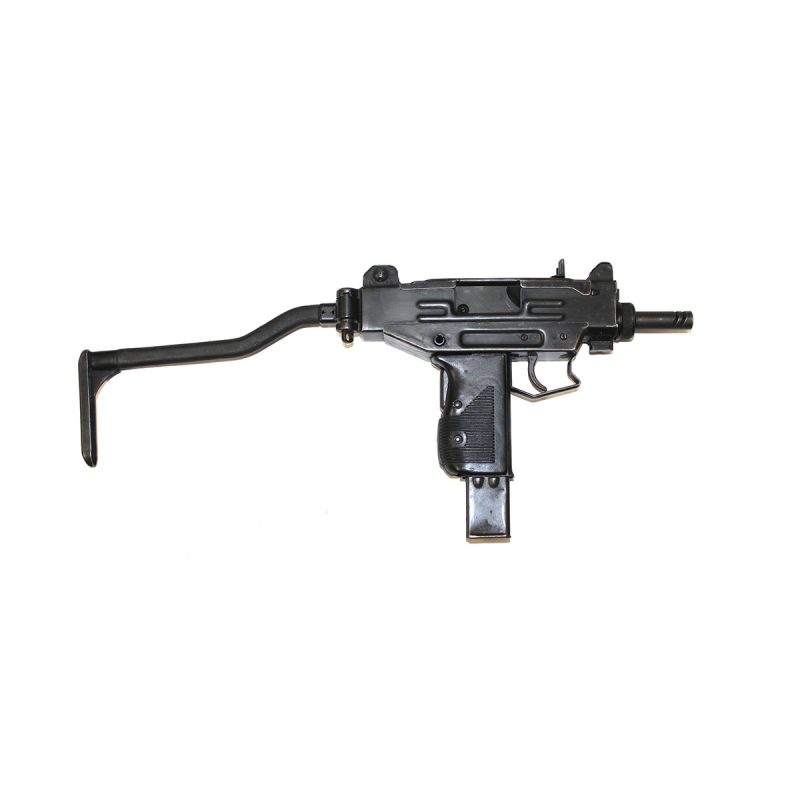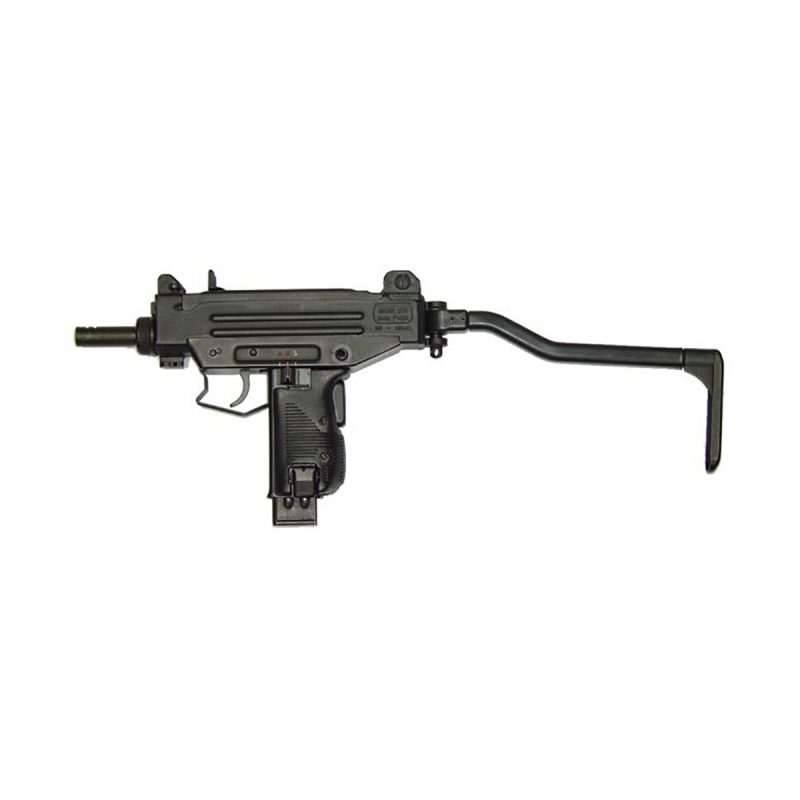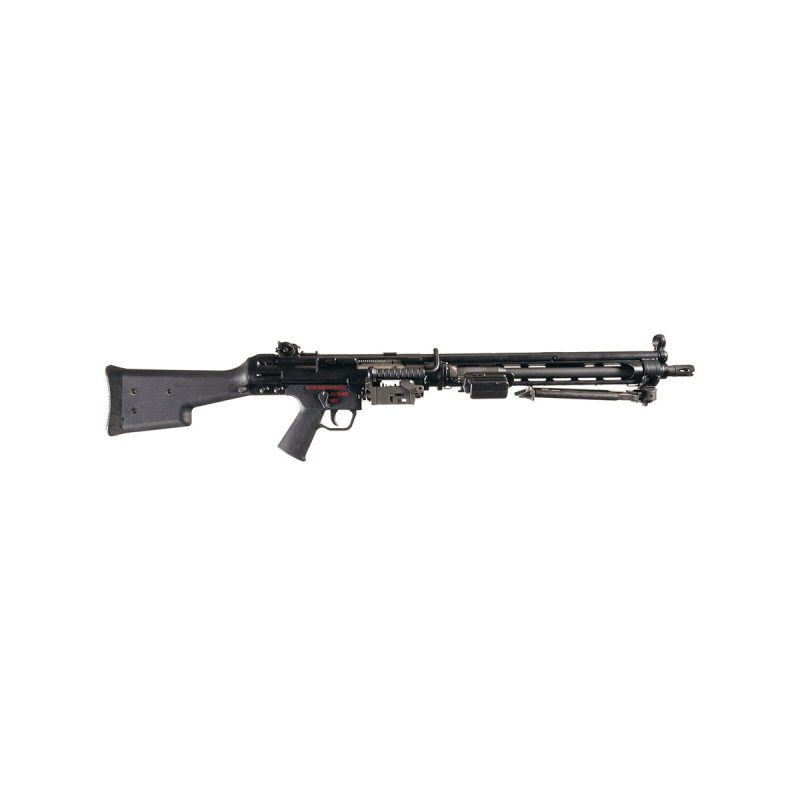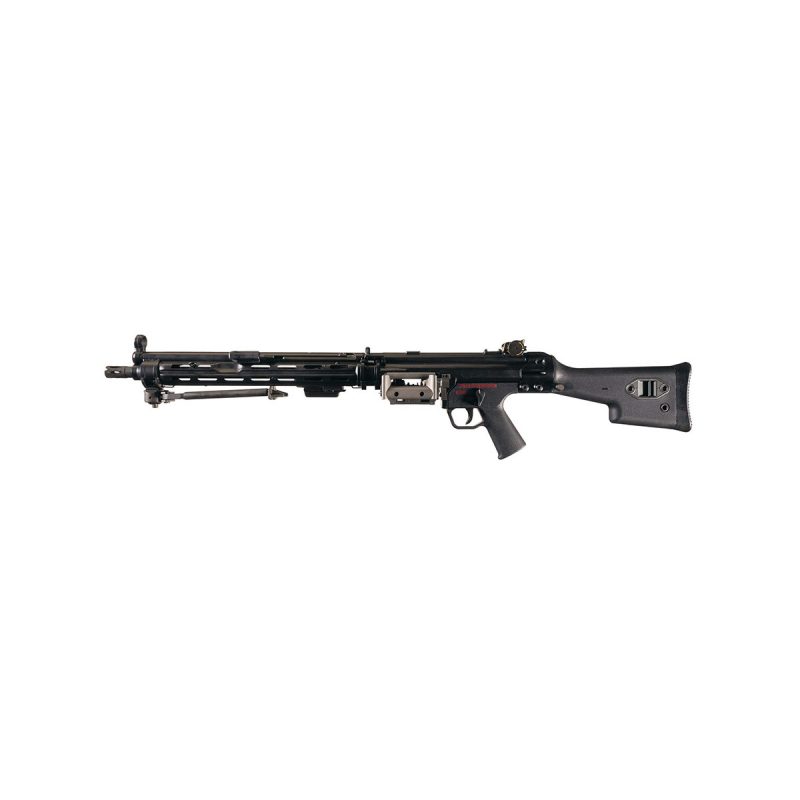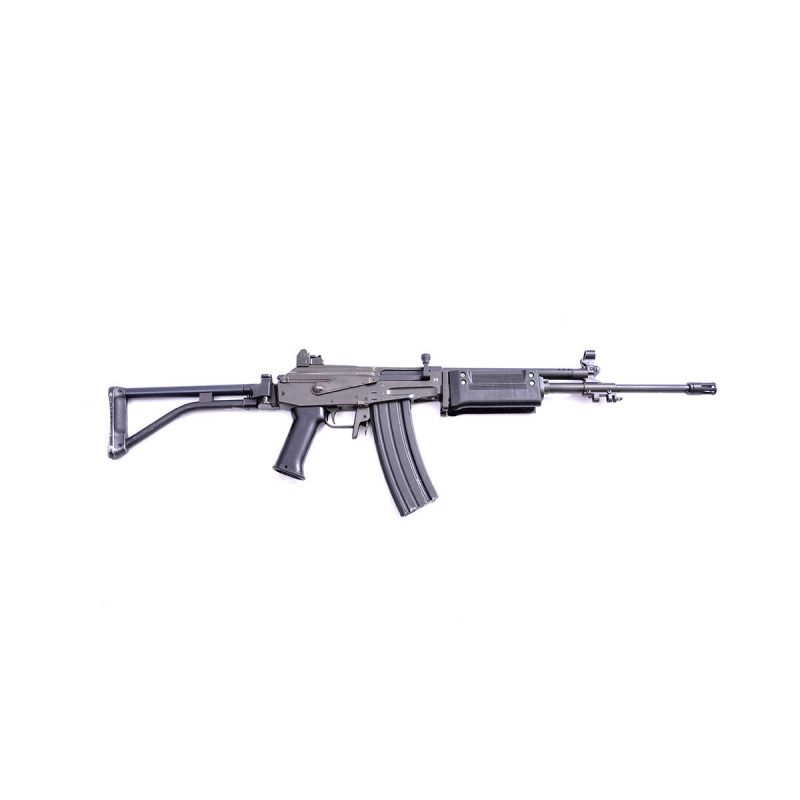Description
The Kalashnikov family of weapons was the creation of Russian Mikhail Kalashnikov towards the end of World War Two. Although often disputed by the Soviet Union during the Cold War, the original AK-47 design was heavily influenced by the German Sturmgewehr MP/StG 44.
The AKM was a much improved version of the AK-47, which was ultimately rushed into post-war service. The milled receiver was replaced with stamped steel, which not only saw a significant improvement in reliability, but also saw the overall weight reduced by 1 kg. The original magazine was also replaced with a stronger lighter-weight model and the ‘woodwork’ was now constructed of a plywood laminate, which was found to be stronger than the usual solid wood construction.
Like its predecessor, the AKM had its own family of variants, with the main ones being the AKMP (fitted with Radium-illuminated sights), AKML (fitted with a side-mounted scope rail), AKMLP (Radium sights and a side rail) and the AKMS which has a folding metal stock. The AKMS would also have its own variants that include some of the additional features previously mentioned.
Like all other weapons within the Kalashnikov family, the AKM has seen extensive use since its introduction in 1959. Not only by Russia and it’s old Warsaw Pact allies, but also by scores of African/Middle Eastern nations, irregular forces, criminal organizations/cartels and terrorist groups from the IRA to ISIS.
Designer: Mikhail Kalashnikov
Designed: 1950’s
Manufacturer: Izhmash, Tula Arms Plant and many others under license
Produced: 1959-Present





